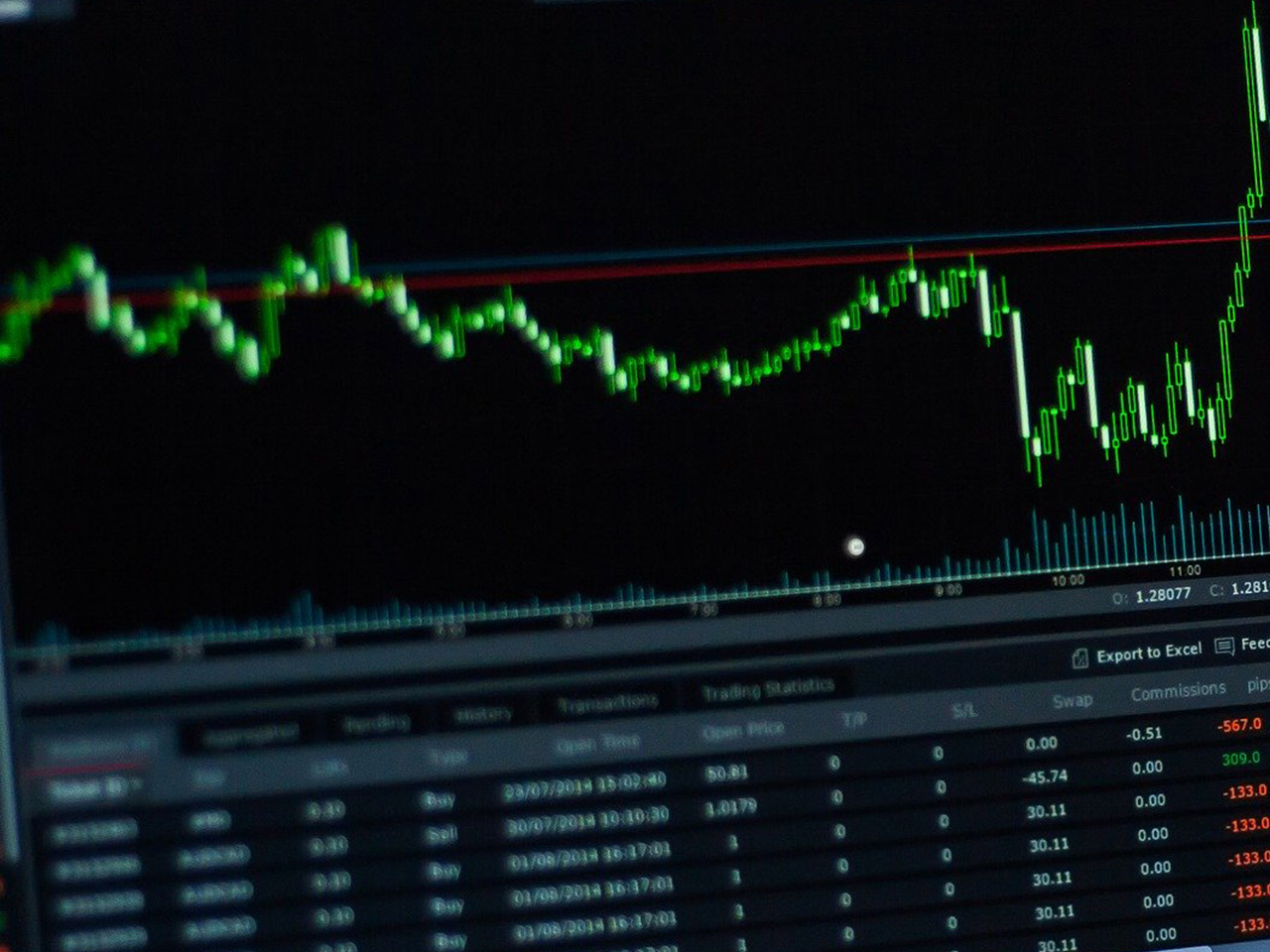Marks and Spencer Group PLC (MKS.L), a stalwart in the UK’s department store industry, continues to capture investor attention with its solid foothold in the consumer cyclical sector. As the retail landscape evolves, M&S’s strategic initiatives and market positioning offer a compelling narrative for potential investors.
Headquartered in London, Marks and Spencer boasts a rich history dating back to 1884. Over the years, it has diversified its offerings across various segments, including Fashion, Home & Beauty, Food, and International, alongside its partnership with Ocado. This diversification is central to its resilience amidst market fluctuations.
Currently, M&S is trading at 349.1 GBp, reflecting a marginal decrease of 0.01%. The past year has seen its stock price oscillate between 319.30 and 411.30 GBp, indicative of the broader market volatility. Despite this, the average target price from analysts stands at 419.67 GBp, suggesting a potential upside of 20.21%. Notably, the lack of sell ratings and the presence of 11 buy recommendations underscore a positive market sentiment.
From a valuation perspective, the absence of a trailing P/E ratio is notable, while the forward P/E ratio soars at 1,045.27, reflecting expectations of significant earnings growth or market anomalies. However, the company’s revenue growth of 6.20% and a return on equity of 10.10% provide a more grounded view of its financial health, supported by a robust free cash flow of over £624 million.
Dividend-seeking investors may find M&S’s yield of 1.03% modest, though the conservative payout ratio of 21.43% suggests a prudent approach to capital allocation, potentially preserving resources for growth initiatives or debt reduction.
Technical indicators offer a mixed picture. The stock is trading near its 50-day moving average of 348.79 GBp but lags behind the 200-day average of 361.19 GBp. The RSI of 77.81 points towards overbought conditions, warranting caution for short-term traders. Meanwhile, the negative MACD and signal line indicate bearish momentum, which could influence trading decisions.
M&S’s strategic focus on its core segments, coupled with international expansion efforts, positions it favourably in the competitive retail market. Its collaboration with Ocado further integrates its presence in the online grocery market, catering to evolving consumer preferences.
For investors, Marks and Spencer presents a blend of traditional retail strength and modern adaptability. While challenges persist in the form of market volatility and sector-specific hurdles, its comprehensive approach to product offerings and strategic partnerships suggests potential for continued growth. As always, individual investors should consider their risk tolerance and conduct thorough due diligence before making investment decisions.





































